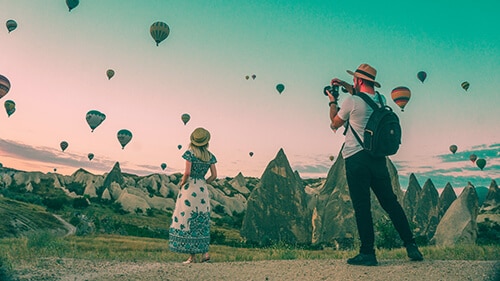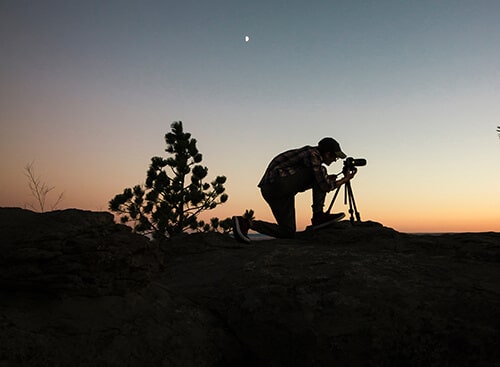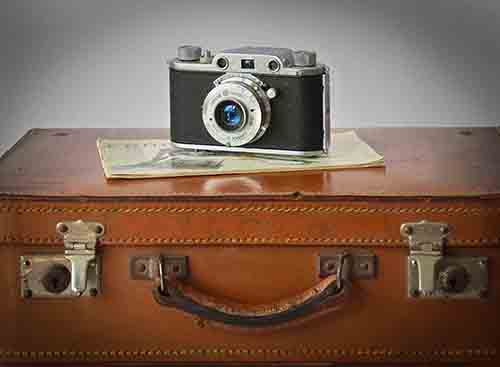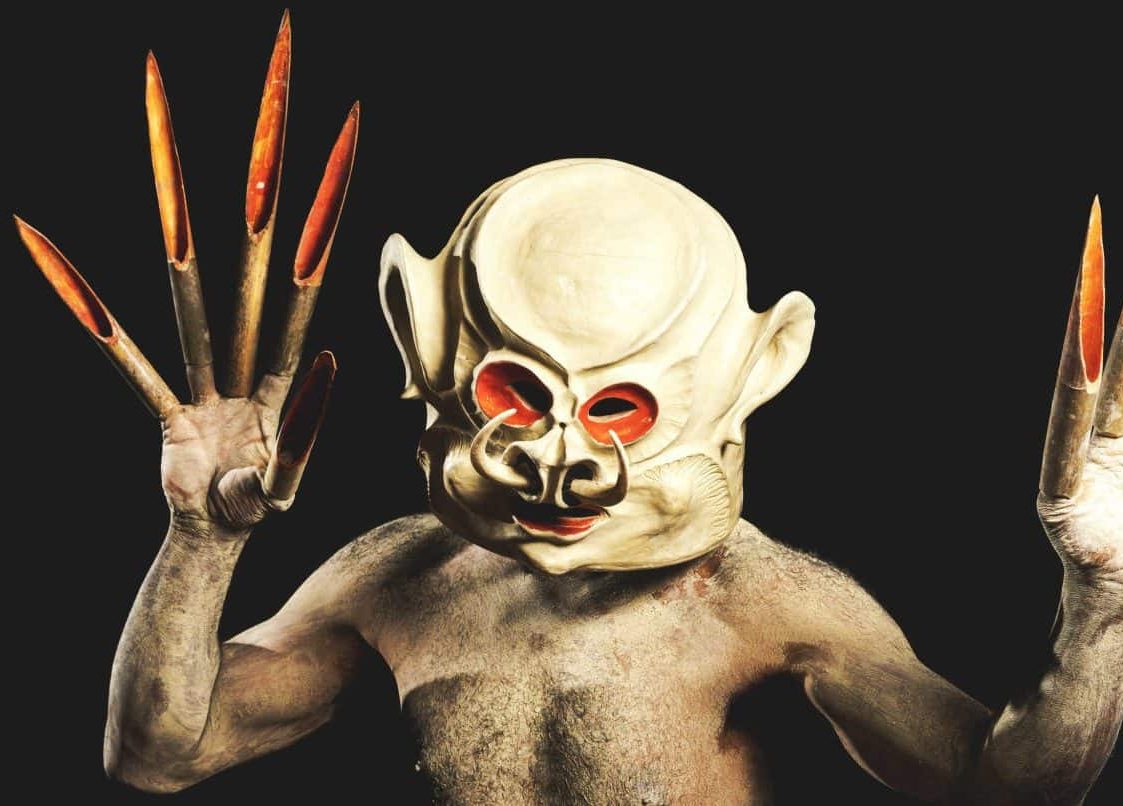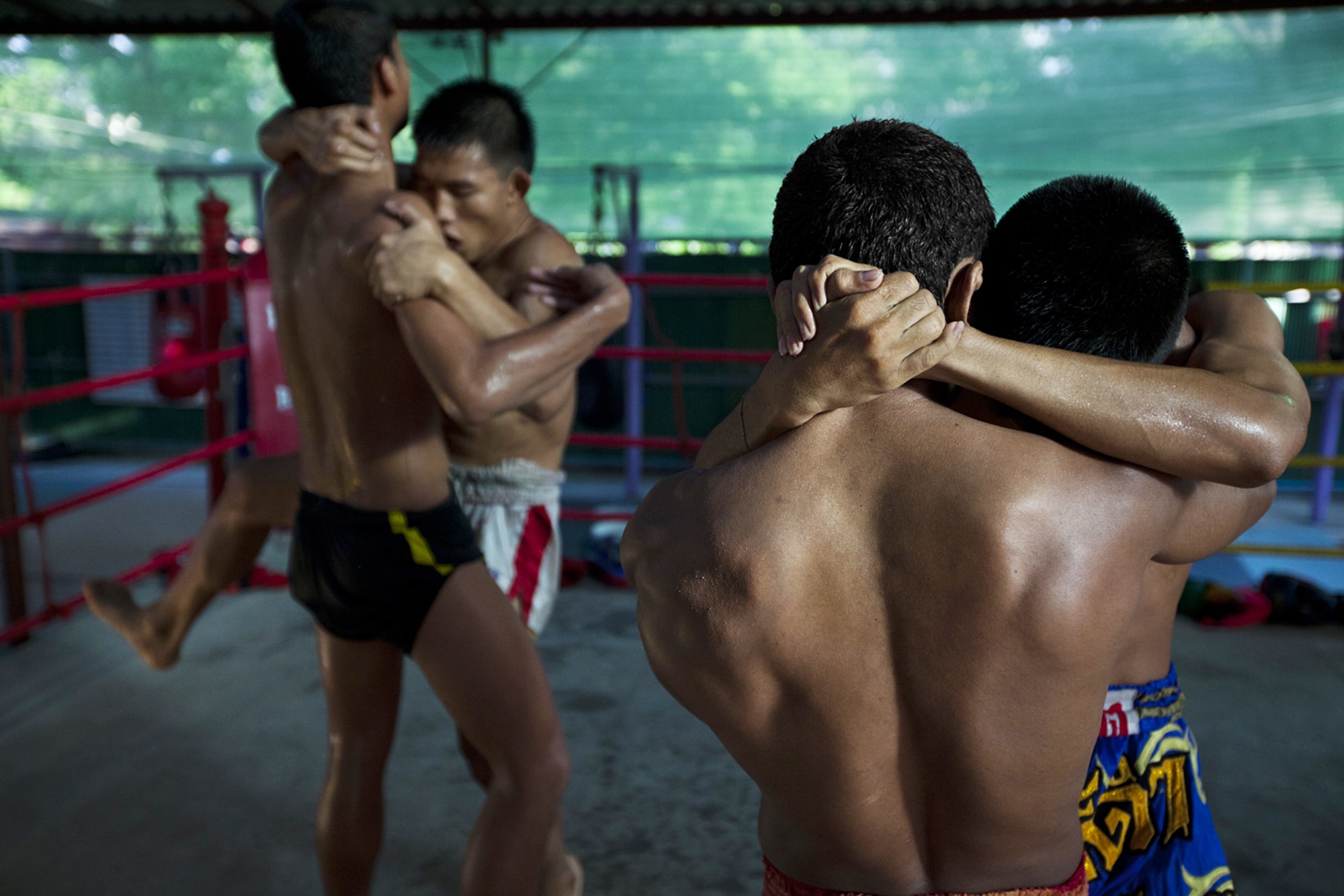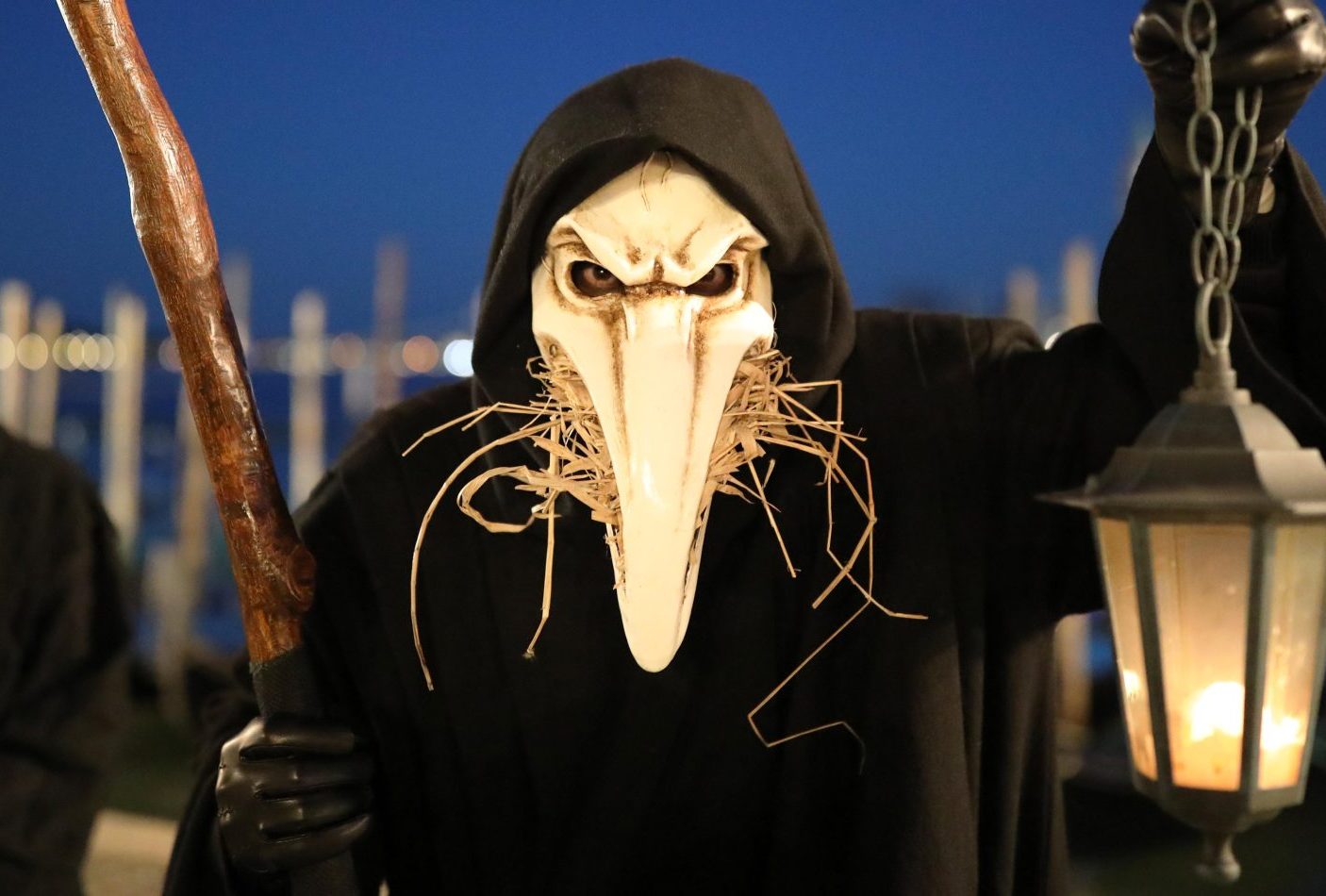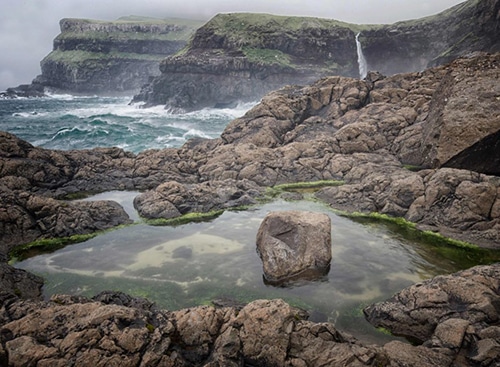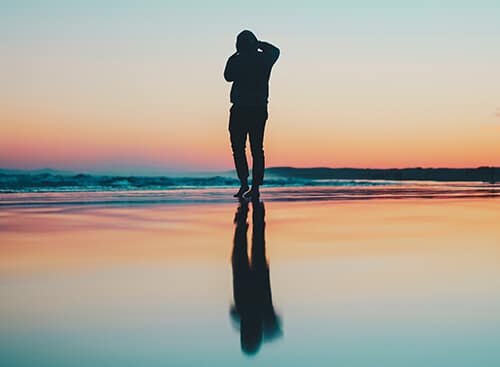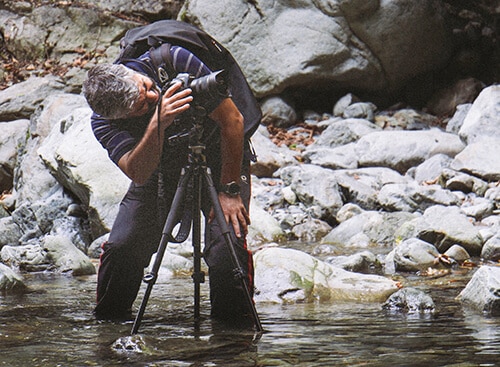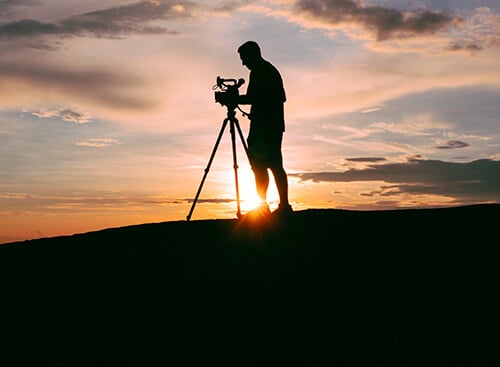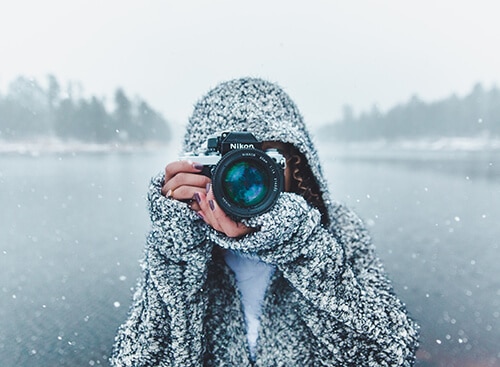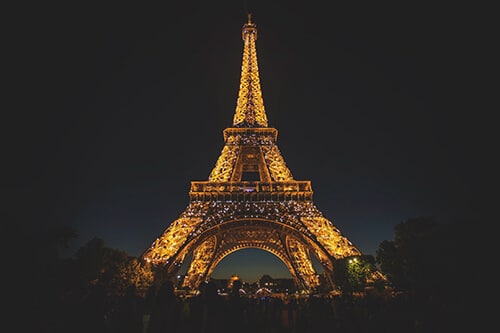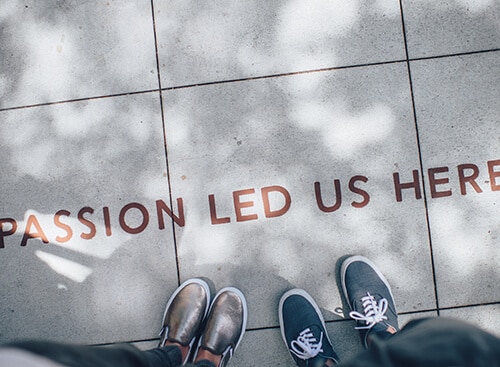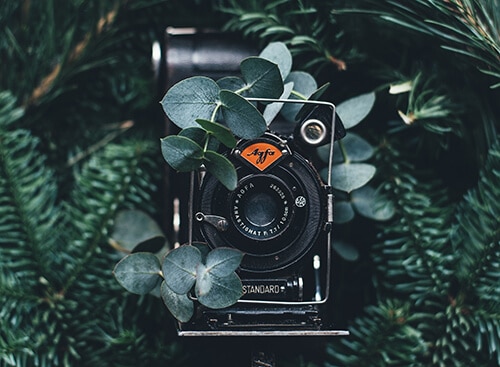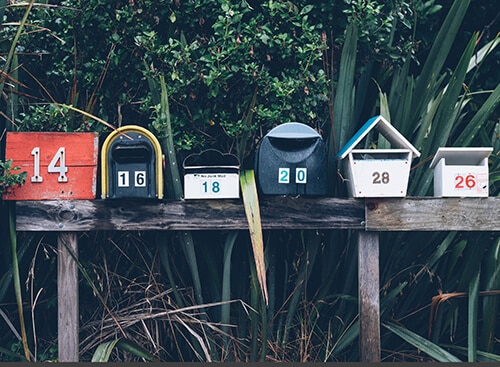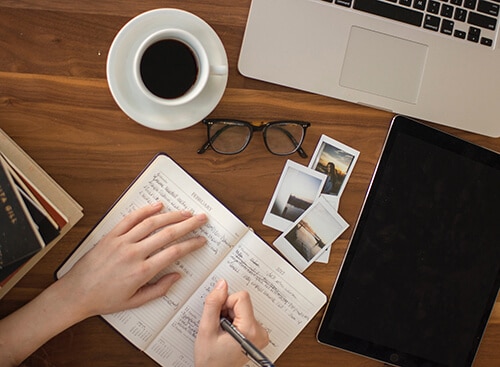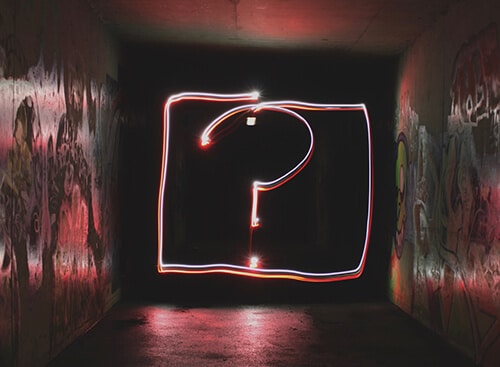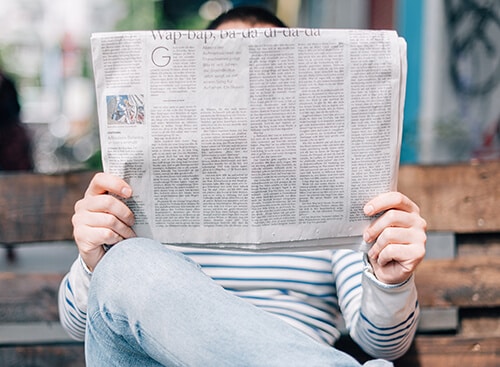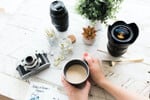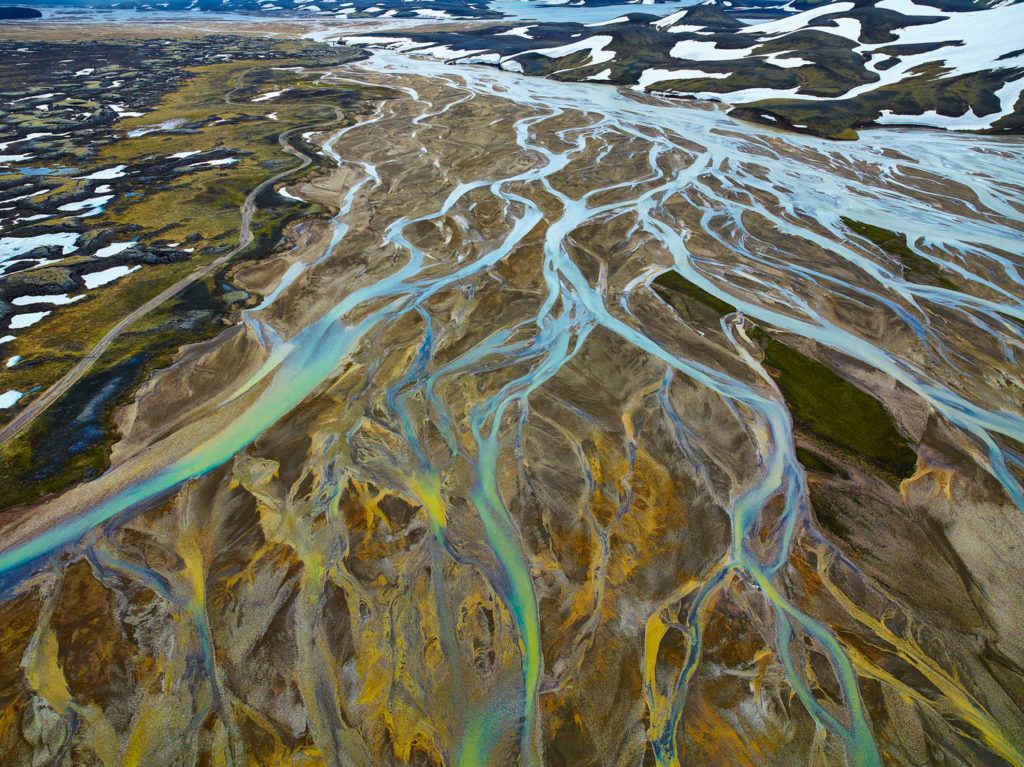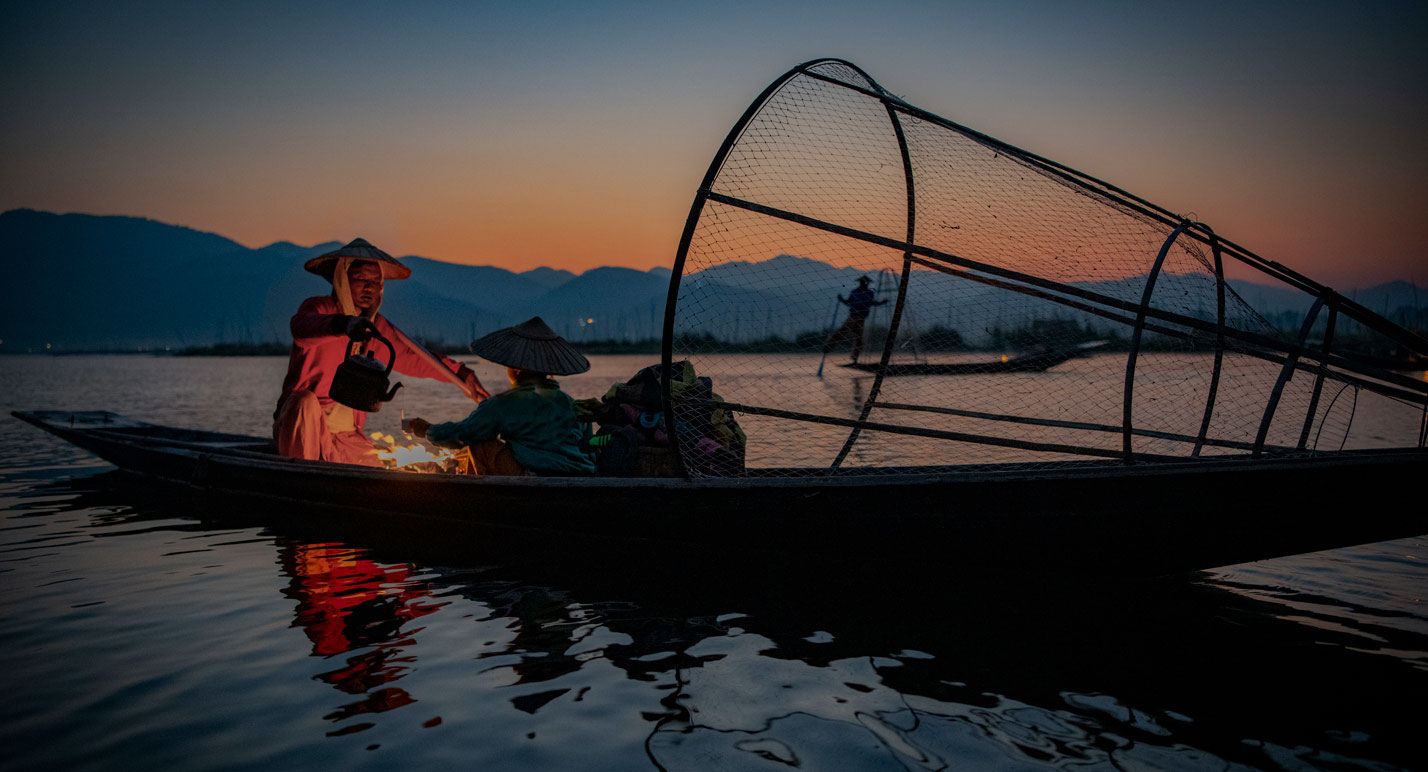5 Tips on Photography by Lars van de Goor
Are you sometimes wondering how to take an ordinary image to an exceptional one?
We have asked Better Moments expert and Hasselblad Master in Netherlands workshop
landscape/nature photography Lars van de Goor to share five tips on how to become a better photographer.
.
We hope that you will be able to put the advice to use – maybe during our upcoming Netherlands workshop with Lars? Head to the workshop page to learn more about our journey to the Netherlands’ mystical forests.
.
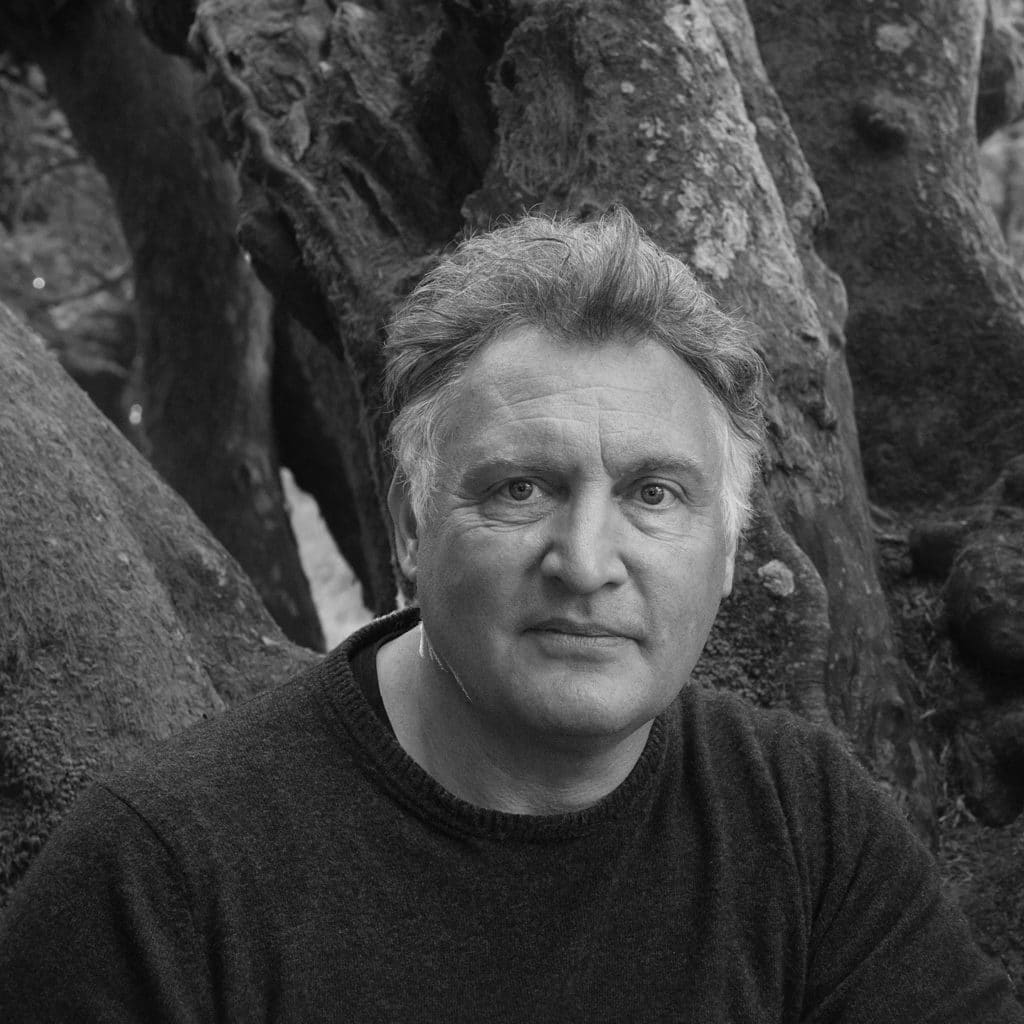
Lars van de Goor
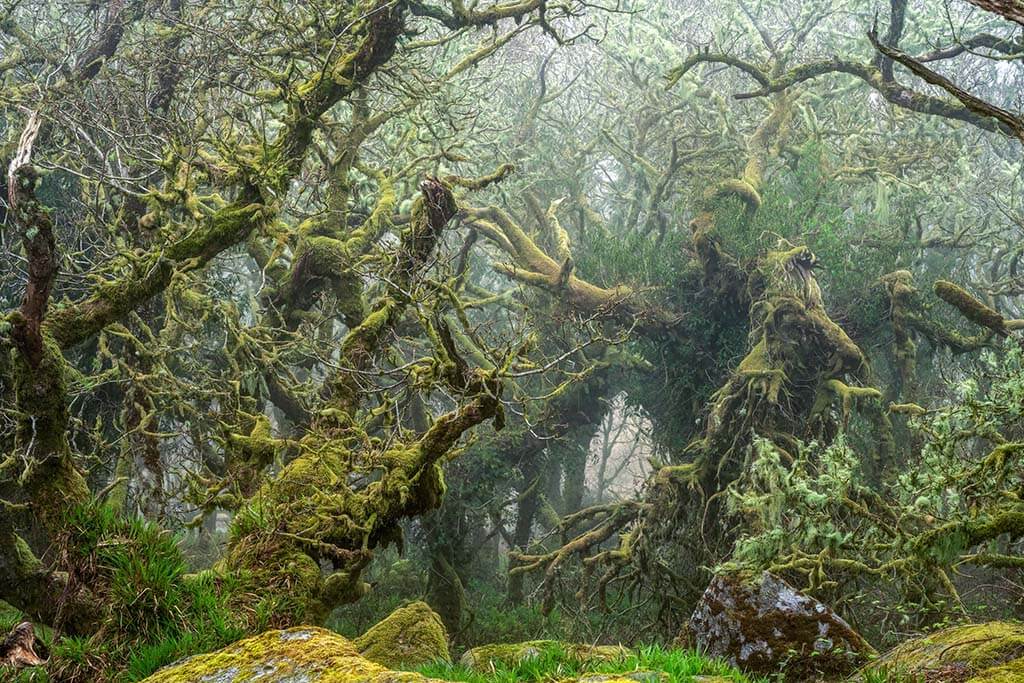
Lars is a Hasselblad Master in landscape/nature. | Photo: Lars van de Goor
Lars van de Goor is an award winning Dutch photographer, renowned for his enchanting photographs reminiscent of the romantic landscape painters of the 19th century. Lars draws inspiration from the idyllic rural scenery of Gelderland. He won a Hasselblad Masters Award in 2016 and has previously been honoured with a gold medal and a first prize from the prestigious Trierenberg Super Circuit.
.
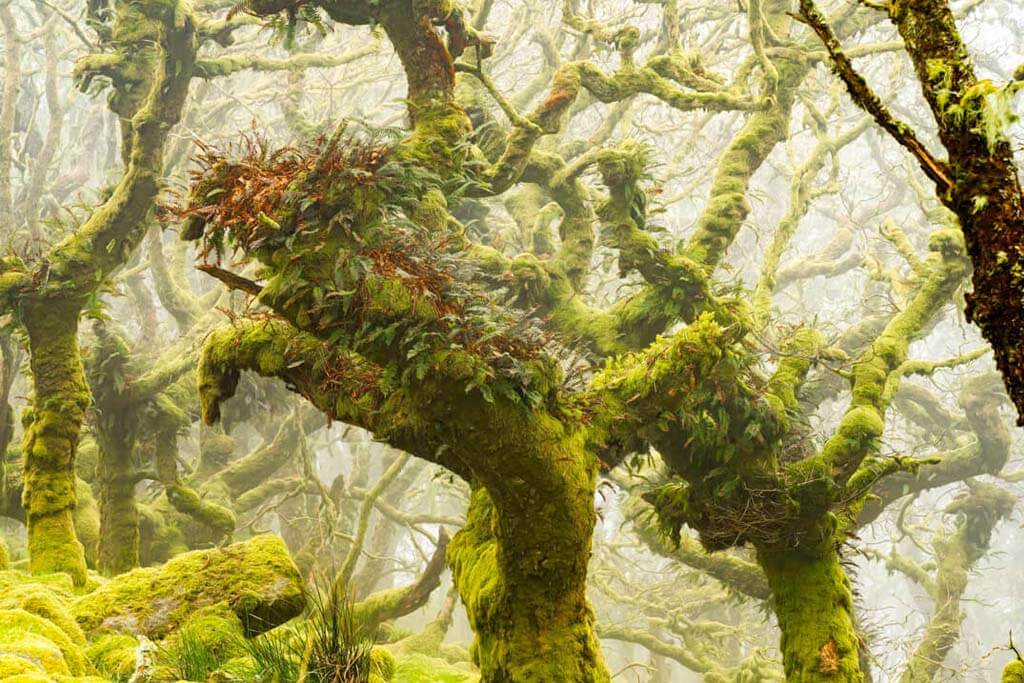
.
#1 – Light
Light is all. Without good light any photo, how interesting the composition or place may be, will not be the stunner you’re looking for. However we all know very well the conditions may not always be what we wanted. Take your picture anyway. It’s because of non optimal conditions that I have learned to boost my images in post processing. And therefore always shoot in RAW, for your post processing it’s an all or nothing.
.
#2 – Composition
You spotted a beautiful scene. Now what? You can try and adjust the rules or sit back, when the situation will allow it, and just look. Take some time to breath in the landscape instead of start shooting right away. Especially when you taking pictures of a famous spot. You can take a similar image you already have seen from this spot and when you’re lucky you will have great light. However when I am browsing the several photo sharing sites, I get hardly surprised. I see the same images over and over again. If that’s your goal, fine. But often when I am at such a famous spot I see more possibilities. Don’t play safe, just play and try something new. Experiment. And look at your framed piece of life and see if it’s giving you a little shiver or not. If you’re not too excited about it, don’t expect others to be.
.
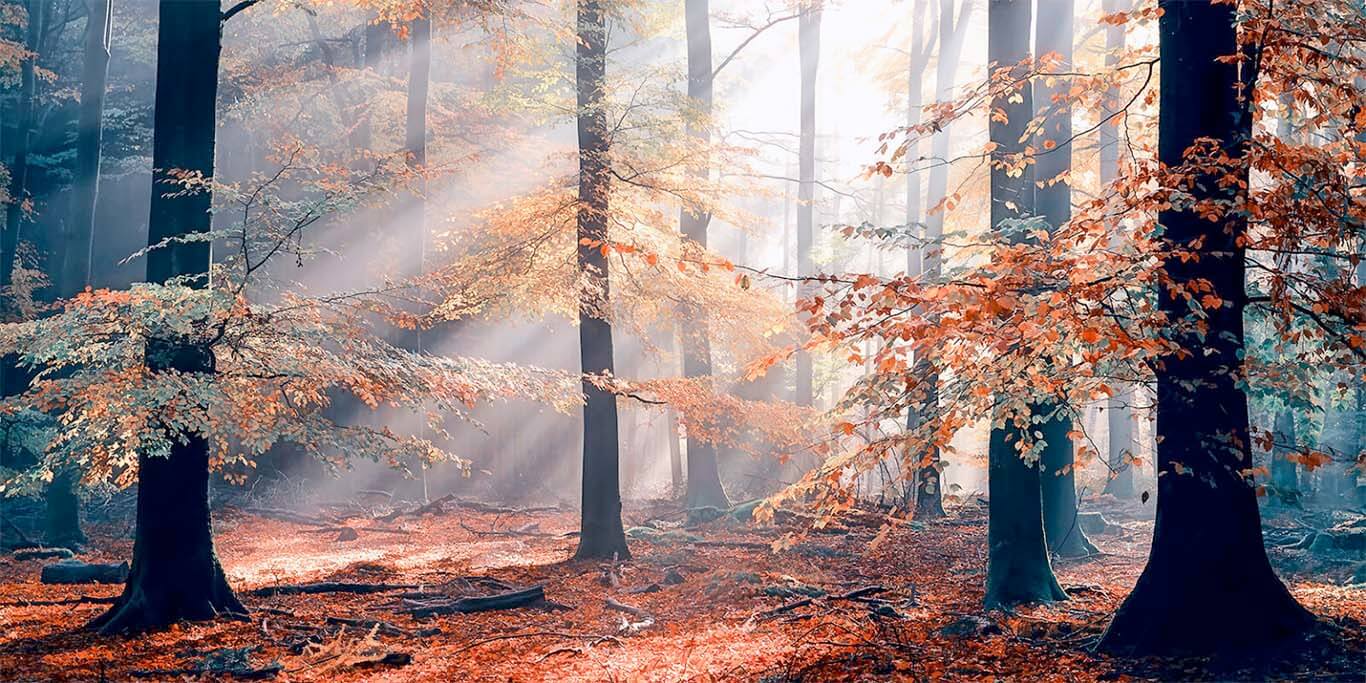
.
#3 – Scouting
Scouting is most important if you like to come up with new and unfamiliar places. And when the light is not in your favor, you can at least take that time to visualize your composition and come back when the conditions are better.
.
#4 – Equipment
Know your equipment. Like with driving a car, make sure you can adjust your camera buttons without looking, so you can adjust and look through the viewfinder at the same time. Even when you’re not a wildlife photographer, a beautiful glimpse of light might only appear for seconds. You don’t want to miss that. And when you walk into a situation like that, first of all press the shutter. At least you will have that one in the pocket. After that you can adjust for a better balanced image.
.
#5 – Fun
Actually this should be number one. Most important is having fun and to love your subject. It is often why we started with photography in the first place, let’s not forget that. And if you have lost your mojo for some reason, it could be just telling you to start looking in another way or change your subject. In my opinion everybody is unique and has a different story to tell. And we like to see it.
.
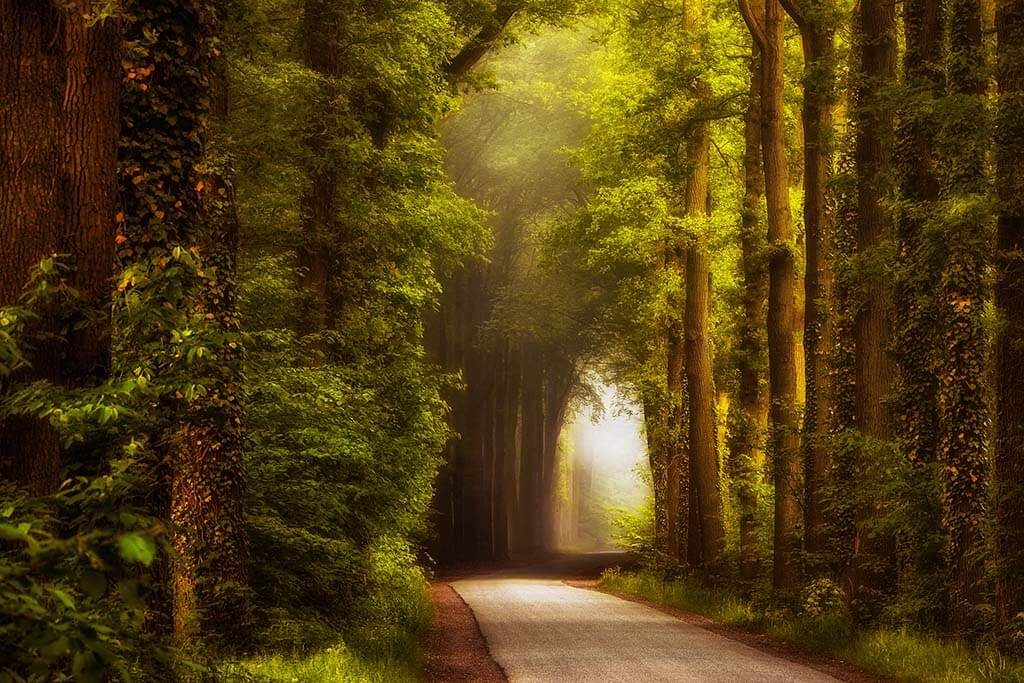
If exploring Europe’s mystical woodlands is still on your bucket list, you should join us on our next journey to the Dutch forests. The Netherlands workshop is an excellent opportunity to learn how to paint with light.
Head to the workshop page to learn more about our adventure with Lars.
More about Lars van de Goor? Click here!


